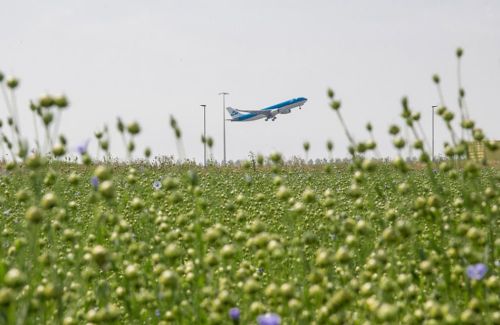Thermal energy storage at the airport
There are 14 thermal energy storage systems (TES) at Schiphol Centrum and a few others at Schiphol Oost and Schiphol Noordwest. TES is a sustainable system that stores thermal energy underground. Most of the terminal, the majority of the piers and several offices run on thermal energy storage systems. Schiphol uses a lot less gas power to heat and cool these buildings as a result. This leads to significant gains in reducing our CO₂ emissions.
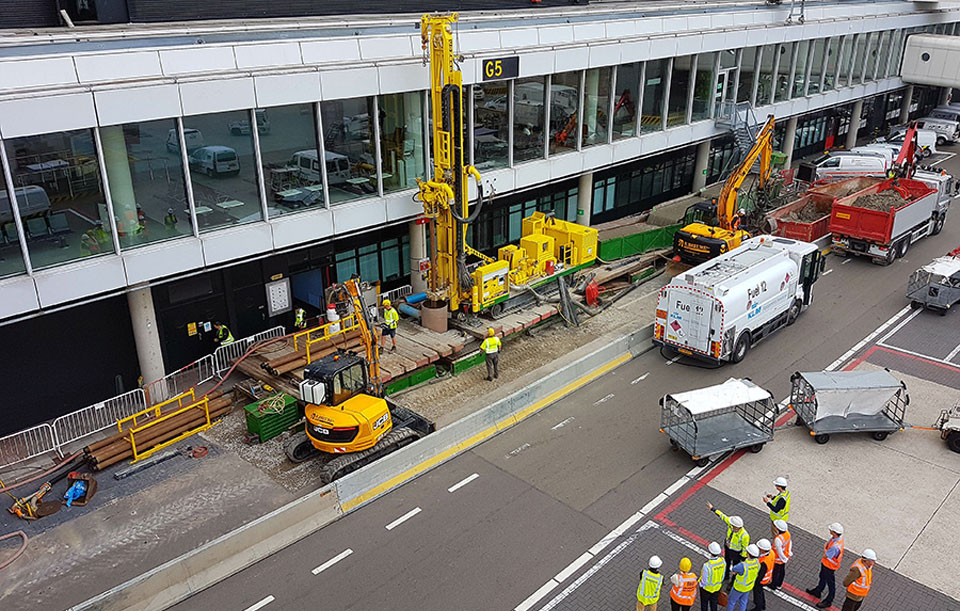
Thermal energy storage all over Schiphol
The new Pier A and piers B, D, E, F and G all have a TES system, as does the GH building. Terminal 3 starting using a large TES system in 2019 that saves 1.5 million m3 of natural gas per year (enough energy for 1000 households). Furthermore, the Hilton Hotel and various office buildings, including SHG, Avioport, WTC 1, WTC2 and the Base A-B-C-D, are fitted with modern TES installations with heat pumps and dry coolers. The most recent thermal energy storage (TES) project at Schiphol, in 2021, was equipping WTC1 with heat pumps. It achieved gas savings of more than 90% (approx. 290,000 m3 – 190 households) in 2022.
Since the beginning of 2023, work has been underway to make Terminal 1 and 2, and Skyport more sustainable. Just like Pier A, Terminal 3 and the Base D, the building will be free of natural gas and equipped with 4 heat pumps and 4 dry coolers. This can save approximately 4 million m3 of natural gas (approximately 2600 households) annually. This project is expected to be completed around 2028.
A collective TES has been designed for the Schiphol Building (SHG), Outlook 1 and 2, and Avioport. Implementation will start in 2023. This will involve connecting 2 heat pumps and 2 dry coolers to the three buildings via underground pipes. Each building will have its own heat pump station. This will save a total of approximately 625,000 m3 of natural gas (415 households) annually.
Work on making Pier E more sustainable will also start in 2023. Not all heat and cold currently comes from sustainable sources. That will change after this sustainability project has been carried out, with annual natural gas savings of up to 300,000 m3 (200 households).
What are the energy savings?
Thanks to, among other things, TES at Schiphol Centrum, the amount of natural gas consumed by our buildings has been almost halved from 11.8 million to 6.4 million m3 (2019) over the past ten years. That is equal to the amount of gas consumed by 3600 households. By making Pier D, Terminal 3 and the Base A-B-C more sustainable in 2020, a further 1.35 million m3 of natural gas was saved. That equates to the gas requirement of 900 households. A potential CO₂ emission reduction of 75-100% per building is an important step towards Schiphol’s ambition to be emission-free for our own buildings in 2030. More studies and projects will be carried out in the coming years. Cargo warehouses and commercial buildings at Schiphol East and South East will also be made more sustainable.
Off the gas grid
Our goal is for all of our airports’ own buildings to be off the gas grid by 2030. That’s why thermal energy storage systems will be installed in all newly-constructed buildings as of 2025. The installation of thermal energy and phasing out of gas in existing premises will be complete by 2030. We will only use gas when necessary at peak times. This gas will be 100% green.
What we do for sustainability
-
To and from the airport
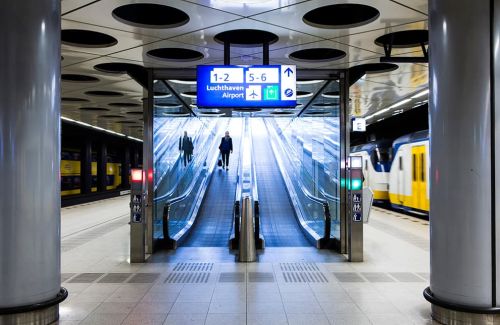
-
At the airport
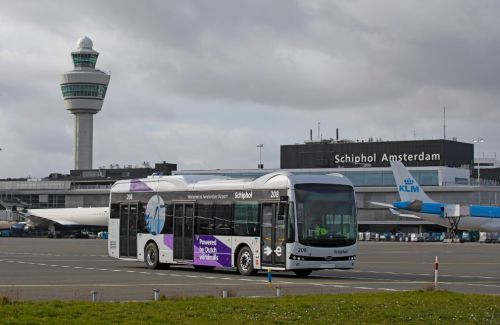
-
In the air

-
What can you do for the environment?
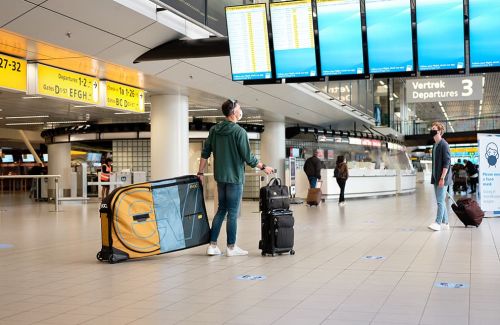
-
Sustainable living environment
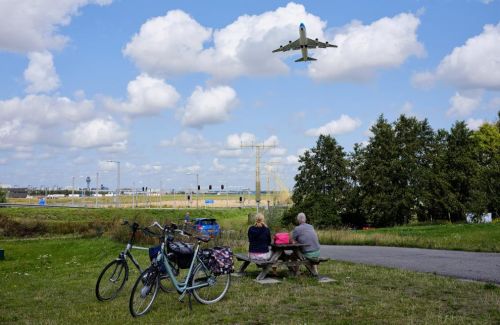
-
News
